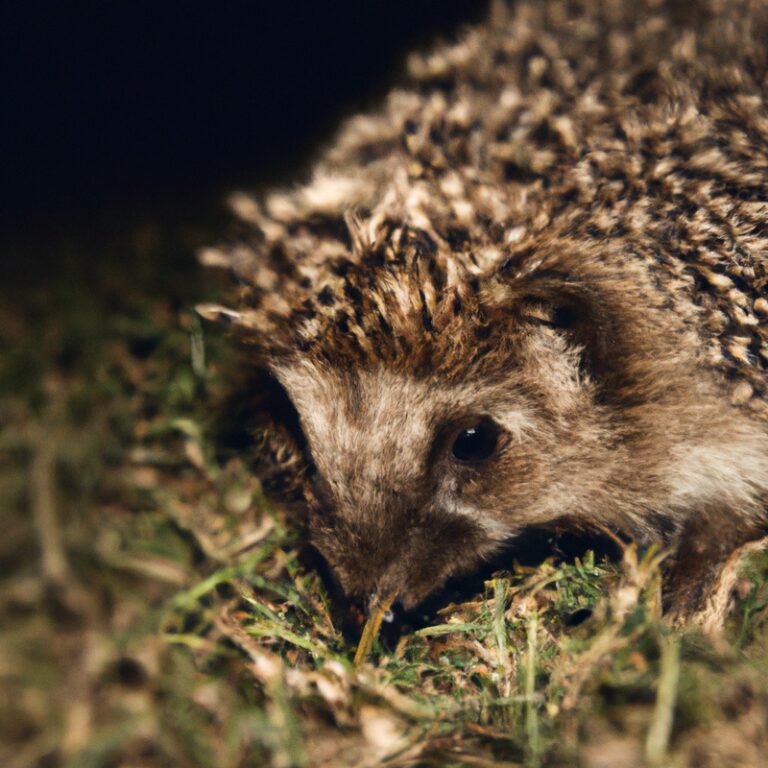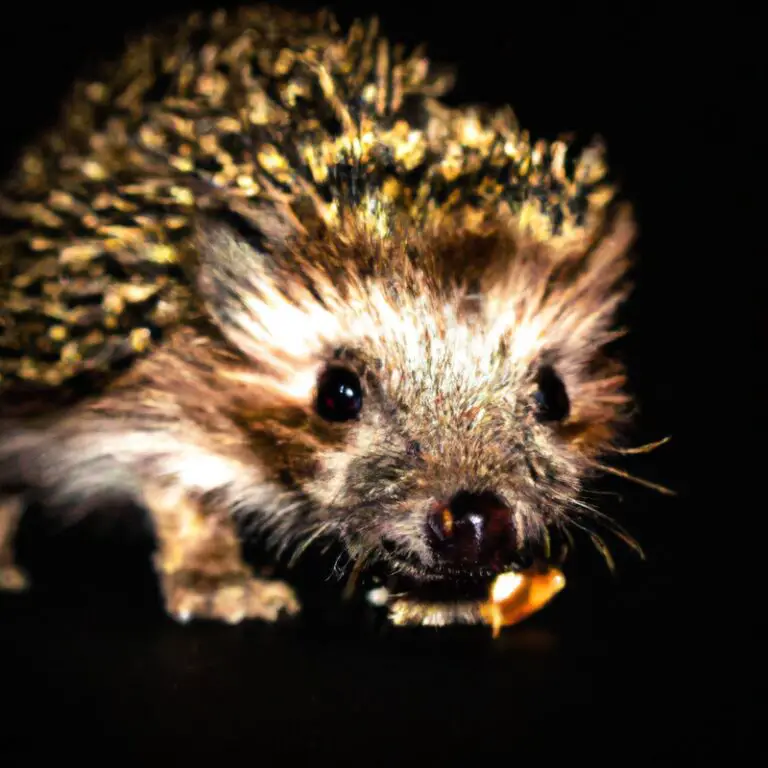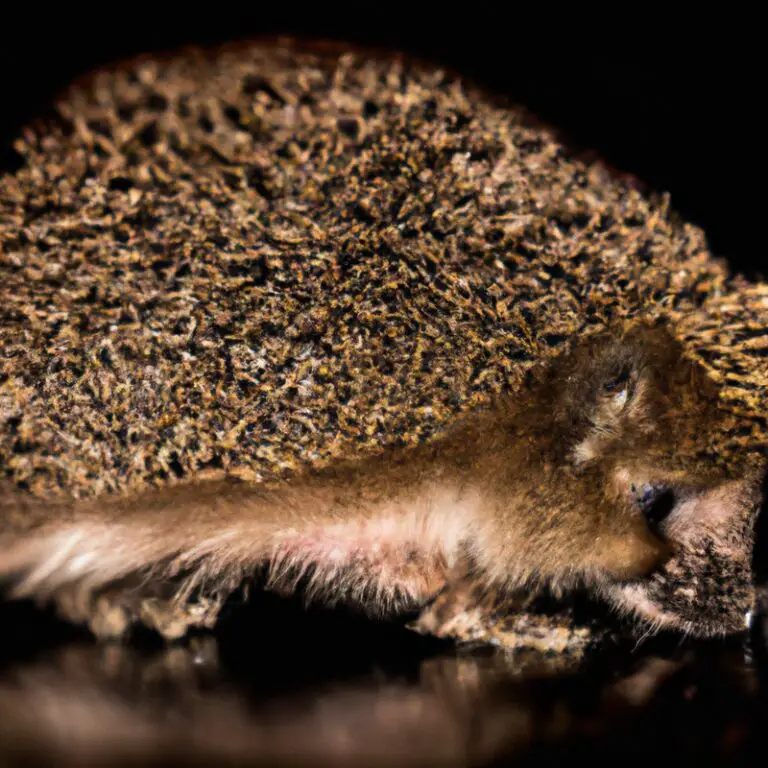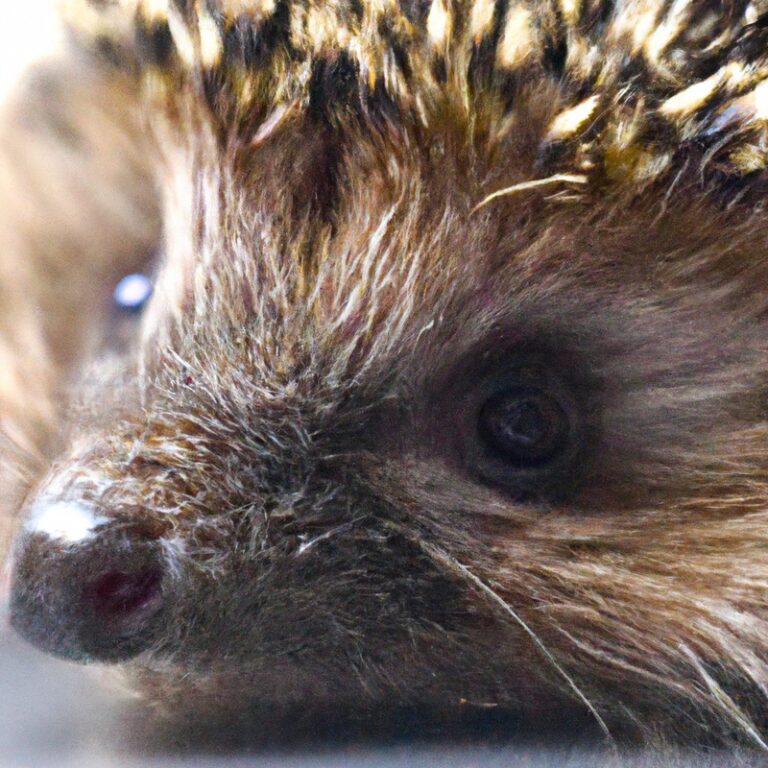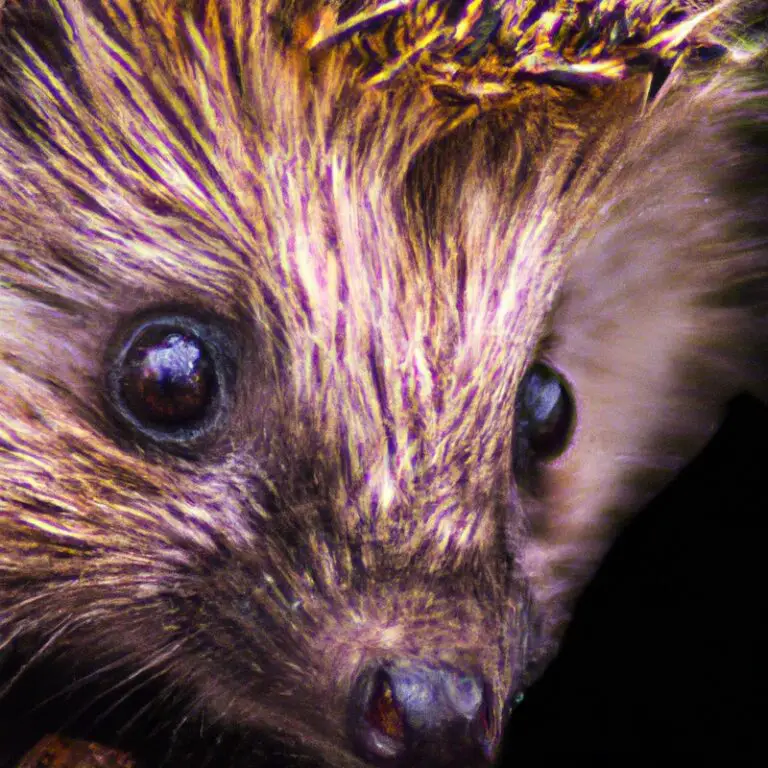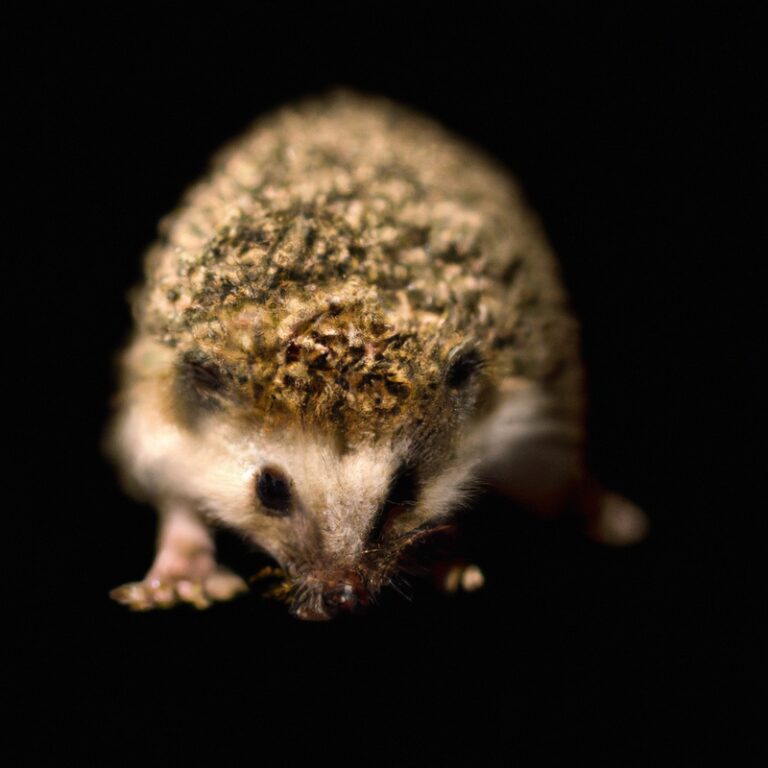How Do Hedgehogs Hunt For Insects?
Key Takeaways:
- Hedgehogs use their keen sense of smell to locate insects.
- They rely on their strong forelimbs to dig and reach insects hidden in the ground.
- Hedgehogs hunt for insects mainly during the night.
- They use their long tongues to capture and eat insects.
Have you ever wondered how hedgehogs manage to find their next meal in the dark?
These spiky little creatures may not seem like the most skilled hunters, but you’d be surprised at their impressive insect-catching abilities.
In this article, we’ll take a closer look at hedgehogs’ diet and eating habits, as well as the adaptations and hunting techniques they employ to catch their favorite snacks.
Whether you’re a nature enthusiast or simply curious about these adorable nocturnal creatures, join us as we unravel the mystery of how hedgehogs hunt for insects.
| Hedgehogs | Hunting Behavior |
| 1 | Use of Senses |
| 2 | Movement and Foraging |
| 3 | Insect Detection |
| 4 | Hunting Techniques |
Hedgehogs: Fascinating Insect Hunters
Hedgehogs have a fascinating ability to hunt and feed on insects, making them natural insect hunters.
Understanding Hedgehogs’ Diet and Eating Habits
Hedgehogs have a varied diet consisting mainly of insects, but they are opportunistic eaters.
They also consume small vertebrates, fruits, and even eggs.
Their eating habits include foraging at night and using their keen sense of smell and hearing to locate prey.
Hedgehogs have strong teeth that allow them to crunch through the exoskeletons of insects.
They are solitary feeders and typically consume around 100 grams of food each night.
But remember, it’s important to provide a balanced diet if you plan to keep hedgehogs as pets.
Adaptations of Hedgehogs for Insect Hunting
Hedgehogs have several adaptations that make them skilled insect hunters. Their sharp, needle-like spines act as a defense mechanism and also help them navigate through grass and undergrowth.
Additionally, their keen sense of smell allows hedgehogs to locate insects hiding in the soil.
Their small size and ability to roll into a tight ball enable them to access narrow crevices and protect themselves from predators. Hedgehogs also have long, sticky tongues that they can use to catch insects swiftly.
These adaptations work together to make hedgehogs effective hunters of insects in their environment.
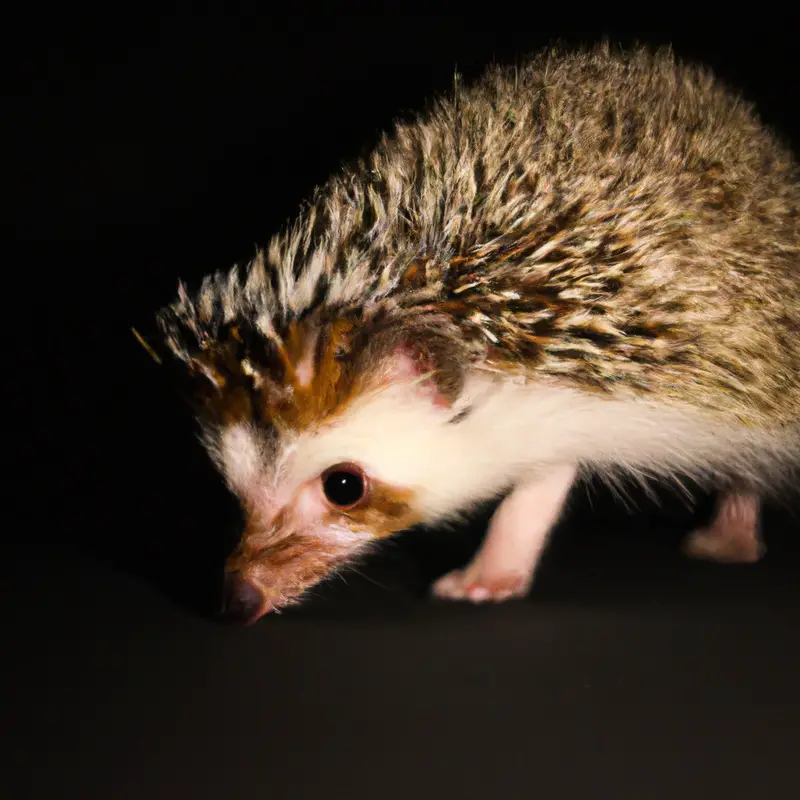
Hunting Techniques Employed by Hedgehogs
Hedgehogs use unique hunting techniques to find and catch insects.
They rely on their excellent sense of smell to locate prey.
Once they detect an insect, hedgehogs use their sharp claws to dig it out from the ground or foliage.
They also have a long, sticky tongue that helps them capture insects easily.
To protect themselves from the sharp spines of the insects, hedgehogs roll themselves into a ball, leaving only their face and tummy vulnerable.
This allows them to safely hunt without getting injured.
Hedgehogs are fascinating creatures with impressive hunting skills!
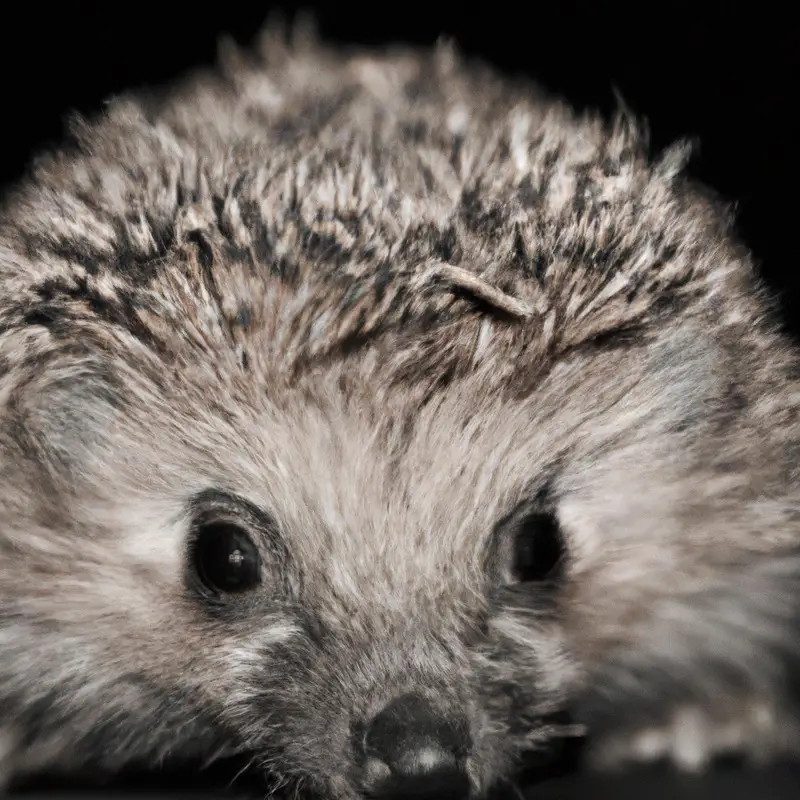
Types of Insects Targeted by Hedgehogs
Hedgehogs target a variety of insects in their hunt for food. Some common types of insects that hedgehogs like to prey on include beetles, worms, slugs, snails, caterpillars, and spiders.
They use their keen sense of smell and hearing to locate these insects, and their sharp teeth and claws to catch and consume them.
Hedgehogs play an important role in controlling insect populations, helping to maintain the balance of the ecosystem.
Observing Hedgehogs in Action: Insights and Tips
When observing hedgehogs hunting, here are some insights and tips to keep in mind.
When and Where to Spot Hedgehogs Hunting
Hedgehogs are mostly active at night, so the best time to spot them hunting for insects is during the evening and early hours of the morning. Look for them in areas with a good supply of insects, such as gardens, parks, and wooded areas.
Keep an eye out for rustling sounds and movement in the undergrowth, as hedgehogs are quite stealthy.
Remember to be quiet and observe from a distance so as not to disturb them.
What to Look for When Observing Hedgehogs hunting
When observing hedgehogs hunting, there are a few key things to look out for.
Firstly, keep an eye on their movements – hedgehogs are known for their quick and precise actions.
Secondly, pay attention to their snouts – they use their long snouts to sniff out insects.
Additionally, listen for any rustling sounds in the undergrowth, as hedgehogs are skilled at finding prey hidden in foliage.
Finally, observe their hunting behavior at dusk or dawn, as hedgehogs are primarily nocturnal creatures.
By focusing on these aspects, you’ll have a better chance of witnessing hedgehogs in action during their hunting endeavors.
Safety Precautions for Hedgehog Watching
When it comes to watching hedgehogs, it’s important to prioritize safety. Here are some precautions to keep in mind:
- Keep your distance: Hedgehogs are wild animals and can be easily startled. It’s best to observe them from a distance to avoid causing them stress or interfering with their natural behavior.
- Avoid touching: Hedgehogs have sharp spines as a defense mechanism. Avoid attempting to handle or pet them, as it can lead to injuries for both you and the hedgehog.
- Use red light: If you’re using a flashlight or any other source of light, opt for a red light. Hedgehogs are less sensitive to red light, which allows you to observe them without disturbing their activities.
- Respect their habitat: Hedgehogs rely on certain habitats for food and shelter. Avoid disturbing or destroying their homes by not littering, and keeping your distance from their burrows or nests.
- Stay quiet and patient: Hedgehogs are most active at night. To increase your chances of observing them, find a quiet spot and be patient. Avoid making sudden noises or movements that could scare them away.
Frequently Asked Questions about Hedgehog’s Hunting Habits
What other foods do hedgehogs eat apart from insects?
Hedgehogs are primarily insectivores, but they also have a diverse diet.
Apart from insects, they eat a variety of foods including worms, slugs, snails, frogs, small rodents, and even some fruits and vegetables.
They are opportunistic feeders and will consume whatever food is available in their habitat.
It’s important to note that their diet may vary depending on factors such as season and availability of prey.
Are hedgehogs nocturnal hunters?
Hedgehogs are indeed nocturnal hunters. They are most active during the night, using their excellent sense of smell and hearing to locate their prey, which mainly consists of insects like beetles, worms, and caterpillars.
With their sharp claws, they dig through vegetation and soil to find their meals.
Hedgehogs also have a unique hunting technique called “truffling,” where they use their snouts to root through leaves and grass to uncover hidden insects. Their ability to navigate and hunt in the dark makes them well-suited for nocturnal activities.
How do hedgehogs manage to hunt insects in the dark?
Hedgehogs have excellent night vision, which helps them navigate and hunt insects in the dark. Their eyes are adapted to low light conditions, allowing them to detect movement and locate prey.
In addition to their visual abilities, hedgehogs also rely on their keen sense of smell and hearing to locate insects.
Their nose picks up the scent of potential prey, while their ears hear the slightest rustle of leaves or buzzing of insects. This combination of sensory skills enables hedgehogs to successfully hunt for insects even when visibility is limited.
Final Verdict
Hedgehogs are fascinating insect hunters with unique adaptations and hunting techniques. They have a specialized diet that primarily consists of insects, which they hunt using their sharp teeth and keen sense of smell.
Their ability to curl into a tight ball combined with their quills makes them well-equipped for hunting and defending themselves from predators.
Hedgehogs are nocturnal creatures and use their excellent hearing and sense of touch to navigate and locate prey in the dark. When observing hedgehogs in action, it’s important to choose the right time and place, look for signs like foraging behavior, and maintain a safe distance.
Hedgehogs add value to an ecosystem by helping control insect populations, making them an important part of our natural world.
Remember to respect their habitat and enjoy the beauty of these captivating insect hunters from a safe distance.


